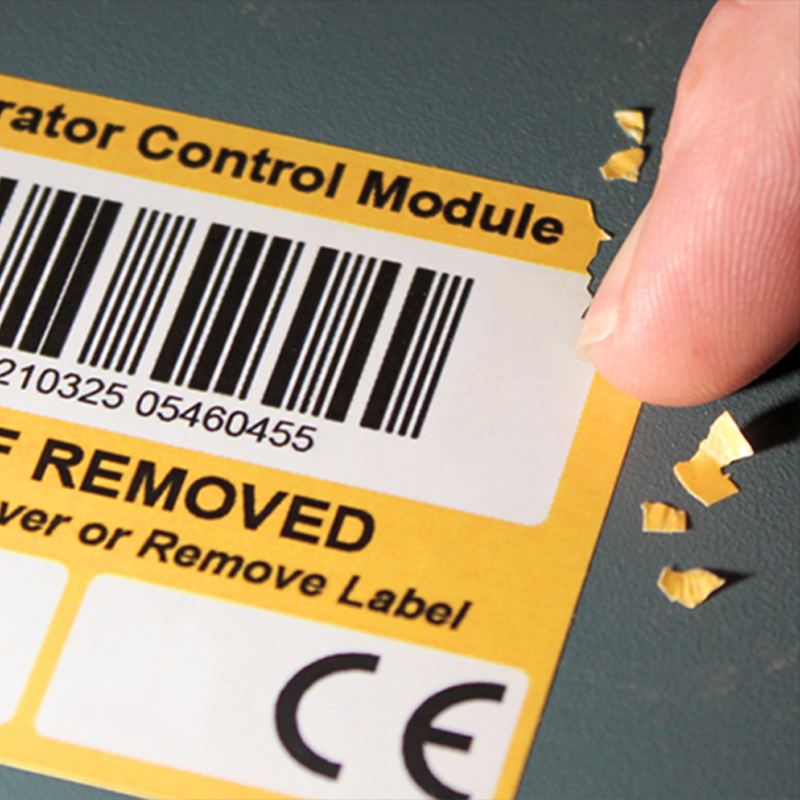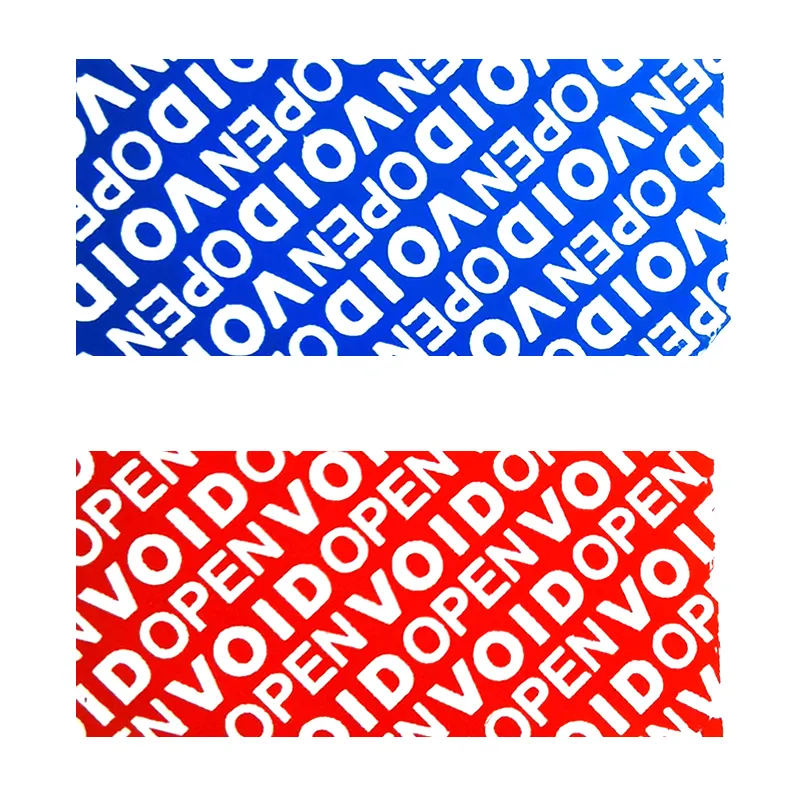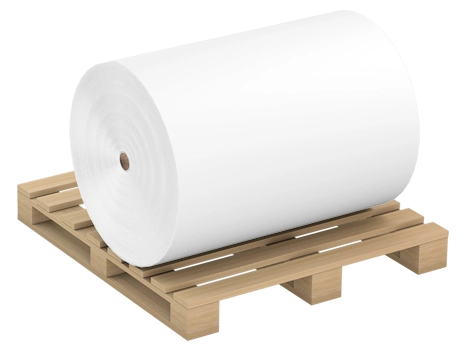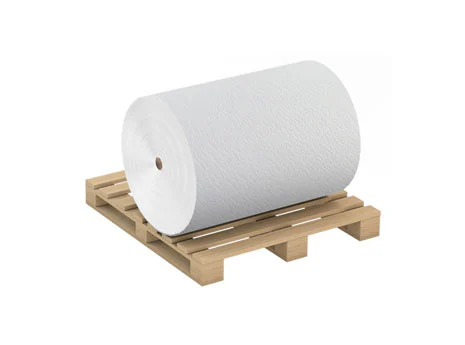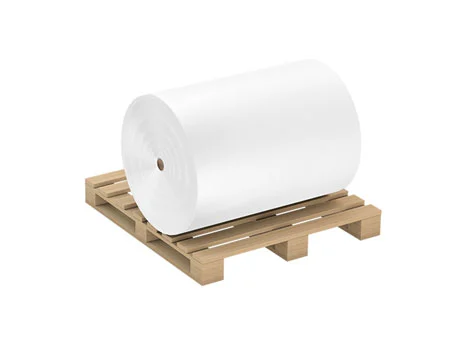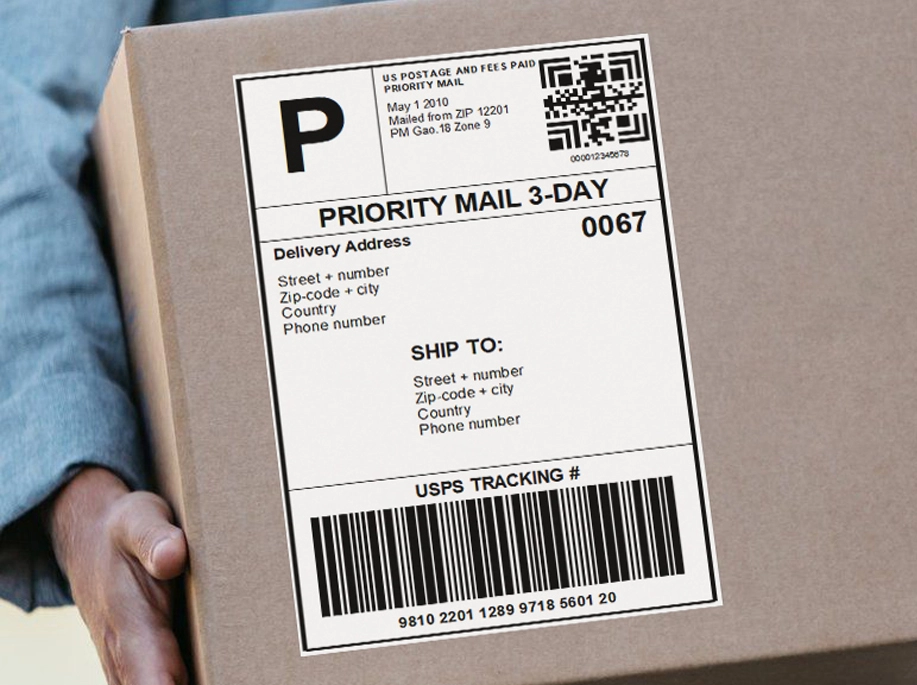
Commonly used anti-counterfeiting self-adhesive materials include fragile paper facestock,fragile film facestock, font anti-counterfeiting films (white, silver, transparent), composite facestock, holographic anti-counterfeiting films, security label materials, non-fluorescent and low-fluorescent papers,etc.These are relatively common anti-counterfeiting materials. Let me introduce them to you one by one.
1. Fragile paper facestock:
A short-fiber, low-tensile-strength, paper-like material with a strong adhesive. After the label is attached to the product, it cannot be peeled off as a whole. The adhesive force is greater than the strength of the paper itself, and the label is broken and cannot be used again.
2. Fragile membrane facestock:
A specially crafted white, highly breakable PVC film with a strong adhesive. After the label is attached to the product, it cannot be peeled off as a whole. The adhesive force is greater than the strength of the film itself, and the label is broken and cannot be used again.
3. Font anti-counterfeiting film (white, silver, transparent)
A PET film processed by a special process. The film is printed with VOID or other words before gluing, and is equipped with a strong adhesive. When the label is peeled off after being attached to the base material for a period of time, the font and label surface material are separated, leaving clear writing VOID on the surface of the base material, thus confirming that the product packaging has been opened and achieving the purpose of anti-counterfeiting (security).
4. Composite facestock
White double-layer polystyrene film material, composed of transparent polystyrene film laminated on expanded white polystyrene material, equipped with strong adhesive. When the label is peeled off after being attached to the base material for a period of time, since the strength of the expanded layer is lower than the strength of the adhesive and the base material, the double-layered material separates and the expanded layer remains on the surface of the base material, proving that the label has been damaged. To achieve the purpose of anti-counterfeiting (security).
5. Holographic anti-counterfeiting film
The customer-defined graphics are embossed on the PET film through holography, and then vacuum aluminum plating is used to form a metallized film. Holographic printing anti-counterfeiting belongs to the anti-counterfeiting of printed graphics. The cost is high and the graphics are difficult to imitate.
6. Safety label materials
Special label material (paper or film) used in stores and supermarkets, with metal conductors inside the label. Using the principle of electromagnetic induction, the label is degaussed after shopping and payment, and the goods can be taken out of the store; in the event of theft, the degaussed label automatically switches on the alarm when passing through the security door to achieve the purpose of product safety.
7. No fluorescence, low fluorescence paper
Special paper for ultraviolet photosensitive ink, which contains no or less fluorescent substances in the pulp or coating of the paper. After printing, under the irradiation of ultraviolet lamp, the printed UV mark appears clearly because the label material has no fluorescence or little fluorescence interference, achieving the purpose of anti-counterfeiting.




 English
English  中文
中文  한국어
한국어  français
français  Deutsch
Deutsch  Español
Español  italiano
italiano  русский
русский  português
português  العربية
العربية  Polska
Polska  Indonesia
Indonesia 